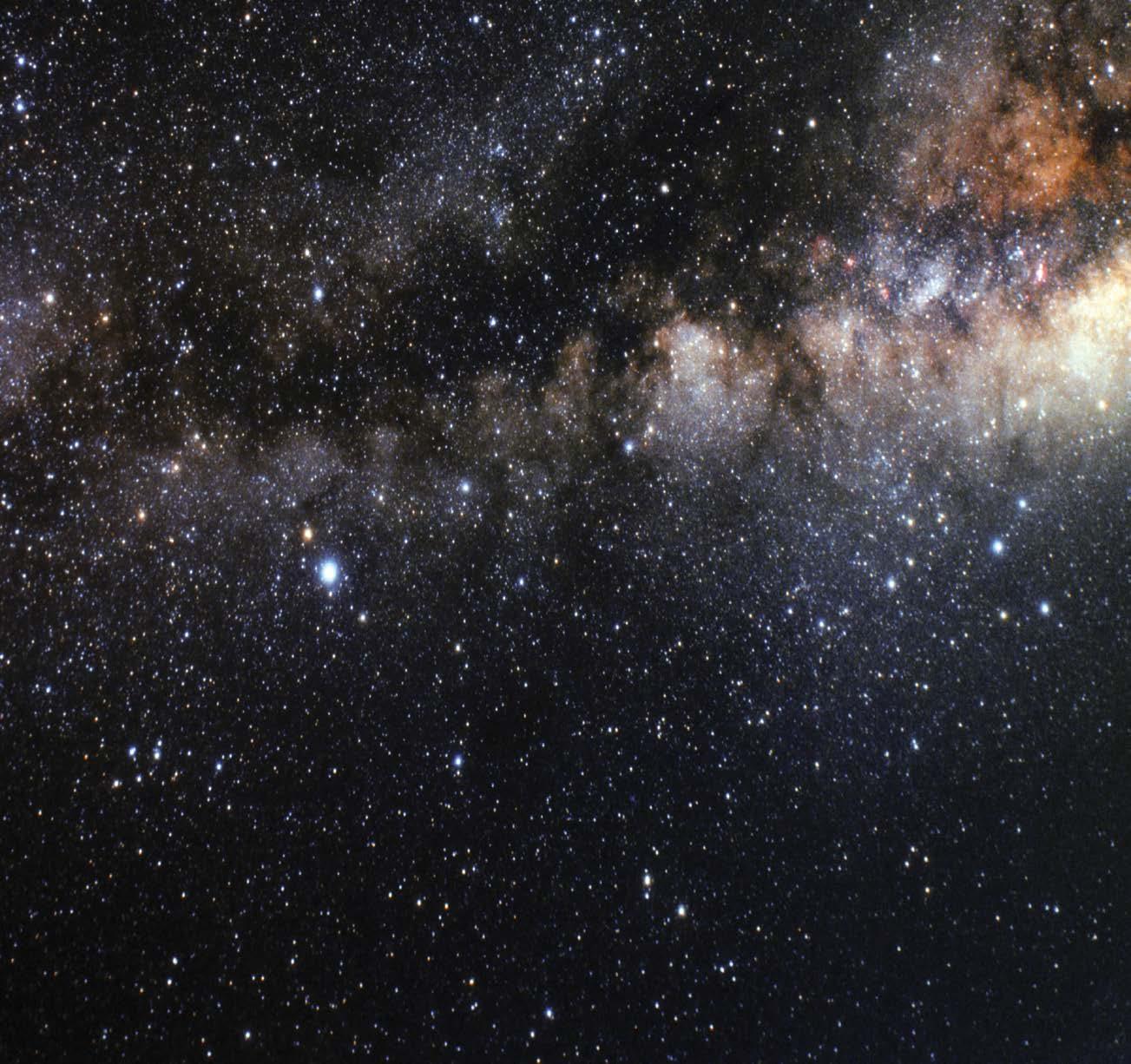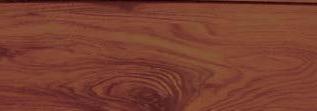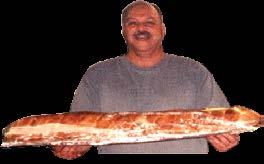
3 minute read
MV Astronomy Club
space debris
by carol higgins
Advertisement
May’s sunshine and rising temperatures inspire us to get started on our spring cleaning and yard work. But in the region above our planet where satellites orbit, various crew, and cargo vehicles travel to the International Space Station, and missions begin their trip to destinations in the solar system, things are not that easy when it comes to finding ways to clean up the neighborhood. This month we’ll take a look at the unwanted objects circling our planet – commonly known as orbital debris or “space junk”. The Soviet Union launched the first manmade object into orbit on October 4, 1957, a small satellite named Sputnik. Recently the United Nations Office for Outer Space Affairs (UNOOSA) reported that over ten thousand satellites have been launched since then, and over 3,300 active satellites were orbiting our planet as of December 2020.
Today we rely on satellites for communications, navigation, weather and environmental reports, television shows and movies, banking and commercial services, planetary science, and national defense to name just a few benefits we take for granted. But there is a downside to the story, and the main culprit is dangerous debris that travels with those satellites.
NASA defines space debris as “any human-made object in orbit about the Earth that no longer serves any useful purpose”. It includes upper stages of rockets, satellites, or spacecraft that reached the end of a mission or malfunctioned, fragments created by the collision or explosion of satellites, and unintentional sheddings such as paint chips and insulation.
International partners and the U.S. Space Surveillance Network continually track debris because the consequences of an impact with a satellite, the International Space Station (ISS), and other valuable assets could be devastating. Sometimes collision avoidance maneuvers are used, changing the altitude of a satellite or the ISS for example. Debris particles are tracked by size and divided into three risk categories: catastrophic, mission ending, and significant impact or loss of mission.
NASA is tracking at least 26,000 baseball-size or larger objects (10 cm and above) in the catastrophic category. Over 500,000 marble size or larger (1 cm and above) objects are in the mission-ending category and can puncture fuel tanks, spacecraft, and other critical systems. Objects in the third group are the size of a grain of salt (1 mm and larger) and there are over 100 million of them. Since everything is traveling 17,500 mph, those tiny objects can crack windows, penetrate spacesuits, and damage important infrastructure such as solar panels.
Several events have created large debris fields. In 2007, China’s experiment to destroy a non-functioning satellite generated over 3,000 pieces. In 2009, a Russian
Orbital Debris around Earth NASA ODPO satellite hit a functioning Iridium-33 satellite, creating 2,000 objects and destroying the $15 million satellite. The Hubble Space Telescope and the ISS Hanny’s Voorwerp. Image Credit: NASA, ESA, W. Keel, Galaxy Zoo Team are also impacted. Astronauts in the Hubble repair missions discovered numerous impacts on the outer metal surfaces, including one segment with over 50 hits. They also noted an impact had completely penetrated an antenna dish. The ISS has also been damaged, including a circular chip in one of the Cupola windows that appeared in 2017, causing one of the four-layer panes to be replaced as a safety measure. Some debris will eventually burn up in the atmosphere, but that can take many decades. In the meantime, international space agencies are working together to improve satellite reliability, propose refueling of aging satellites and deorbit strategies, and offer ideas to capture and remove debris such as the European Space Agency’s ClearSpace mission and Japan’s two-phase mission to remove one of their upper stage rockets. To learn more about NASA’s efforts to track and mitigate orbital debris, visit the www.orbitaldebris.jsc.nasa.gov website. Wishing you clear skies and good health! •

Thorn Apple Hill

Handmade Rustic Wood Crafts
Find us at local craft fairs or visit the shop!
4073 Skyline Drive, Clinton

Mills Electrical Supply
Over 50 Years in Business Your Headquarters for All Your Electrical & Lighting Needs!
• Electrical Supplies • Indoor/Outdoor Lighting • Commerical and Residential • New Contractors Welcome
DEANSBORO SUPERETTE
Since 1967
Home of the Monster Sub!
Middle Eastern Favorites!
Humous, Kibbie, Falafel, Babaghanoush , Taboulie, Grape leaves, Spinach pies.
Mon-Fri: 6am-6pm, Sat: 6am-5pm, Closed Sun






